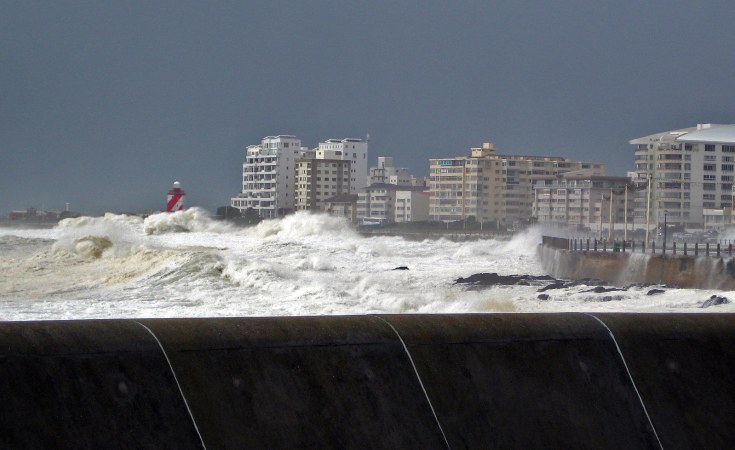Forecaster Wayne Venter of the South African Weather Service revealed that the massive waves were caused by a low-pressure system that formed in the Atlantic Ocean. This is what led to unsettled weather conditions, including heavy rainfall, storms and strong winds.
The low-pressure system generated forceful winds blowing across a large part of the ocean.
With speeds ranging from 80-110km/h, these persistent gusts effectively "piled up" ocean water.
It wasn't just the strength of the winds, but their duration that was a problem.
Because the winds blew over a long period, the waves grew in size and strength, causing them to tower almost nine metres high, especially in KwaZulu-Natal.
The wind wasn't the only factor strengthening the waves. Venter said that the spring tides and the new moon phase coming together also played a role, IOL reported.
The storm surge's devastation was evident along parts of the Western Cape coastline.
Tragically, a 93-year-old woman was struck by a massive wave at a car park in Leentjiesklip and lost her life.
Another violent wave struck a restaurant on the KZN South Coast, injuring more than seven people. Videos of the wave's impact on the establishment circulated widely on social media platforms.
The SA Weather Service issued storm surge warnings for the affected coastlines before the event.
Compiled by staff writer


